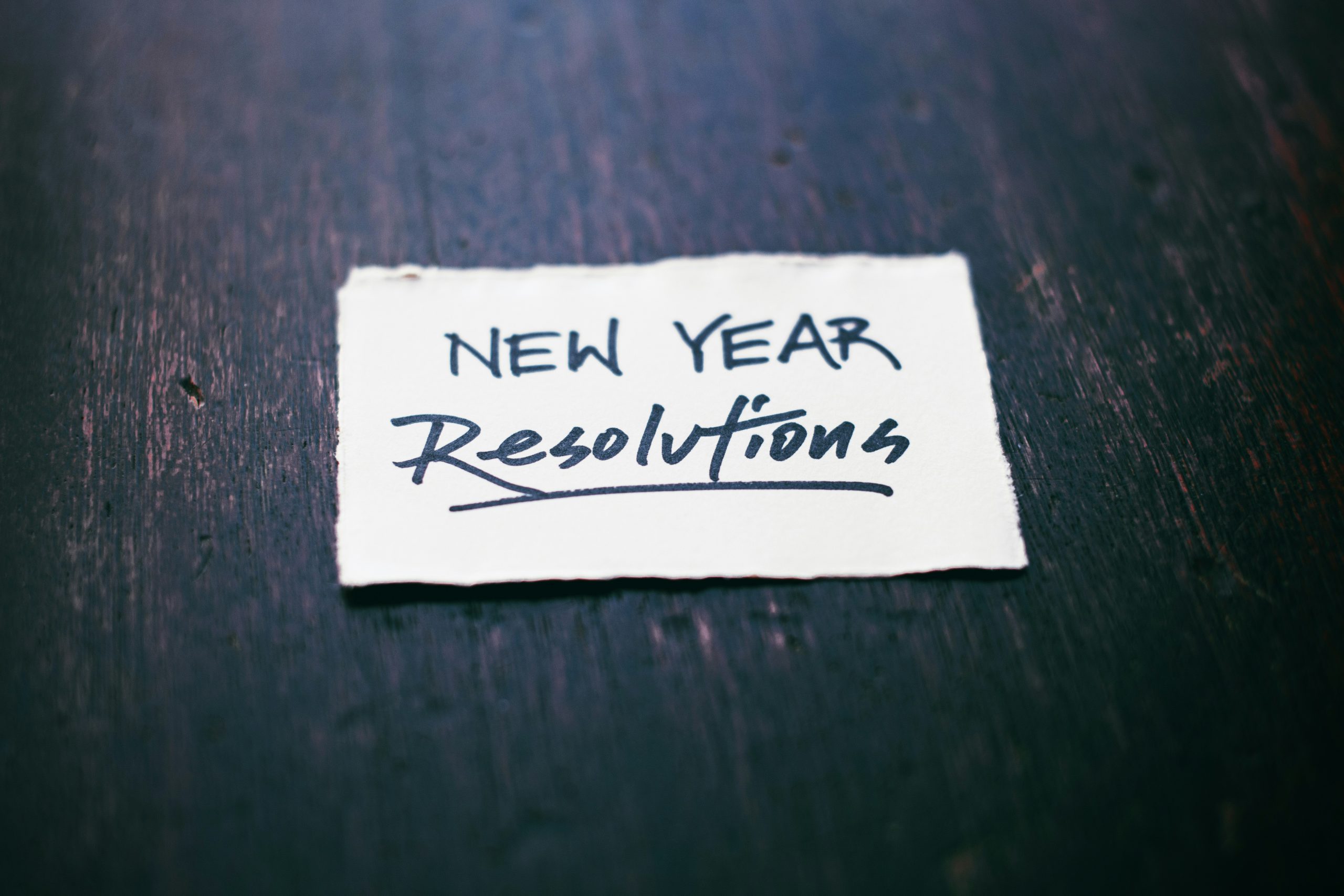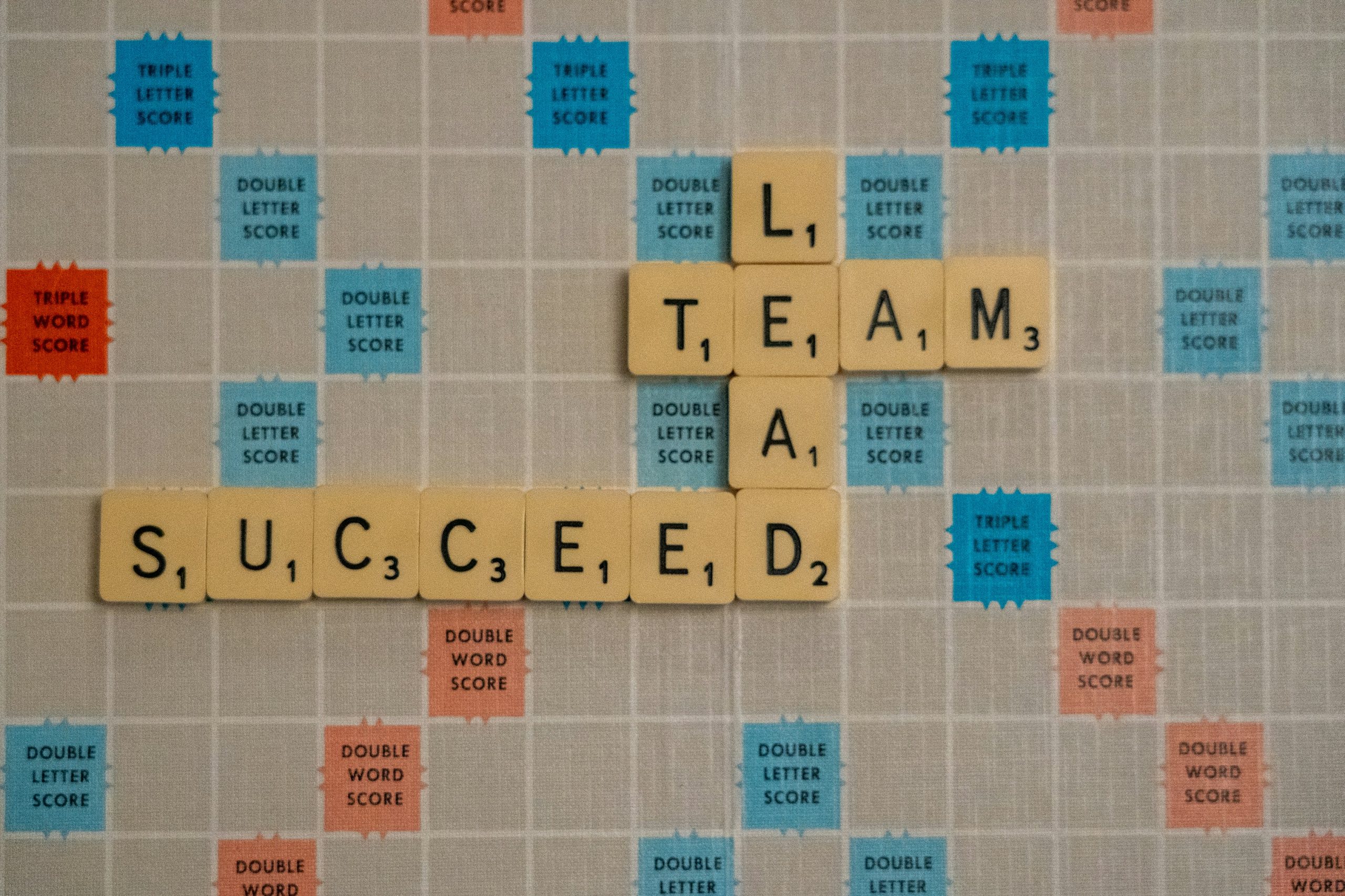
The “icebreaker” activity on every call I’ve joined in the past three weeks has been: “What’s your New Year’s resolution?”
Responses have included things like: Productivity. Efficiency. Mindfulness. Pilates every day. No processed sugar this year. Dry January. Give a TED talk. Get the kids and spouse to stop treating mom like the help. Quit worrying about money. Lots of words of the year.
It’s all very noble. And ambitious. And probably unattainable.
It’s about this time of year, three weeks in, that shiny New Year’s resolutions often begin to falter, because we’ve demanded too much of ourselves in the first place, and set rigid definitions of success. (Seriously: No processed sugar at all for an entire year? You’ll be loads of fun at birthday parties.)
What if you could go another way?
Many years ago, I gave an Ignite session for ASAE about the way I do resolutions, and I think it holds up:
What if you tried resolving a different way? What if it was something fun? What if you chose something you want rather than something you feel obligated to? What if it was “go to the gym TODAY,” not “I must go to the gym five days a week for the entire year or I’ve failed”? What if it was something entirely under your control rather than requiring something you CAN’T control for “success”?
Since I set this standard, I’ve always “kept” my resolutions, even the year I resolved to try to learn how to cab whistle, which I did NOT master. Notice that the resolution wasn’t “I’ll be able to cab whistle by the end of the year” but “try to learn how to cab whistle.” Gave it my best, didn’t get there, had fun trying, and learned a lot about whistling in the process.
So what’s my resolution this year?
It’s the Year of Free in DC, exploring all the fun free things there are to do in DC, with a focus on LOCAL. Think neighborhood festivals, open streets events, Porchfests, free concert series, programming from our fabulous DC public library, etc. Less “let’s go to the Air & Space Museum AGAIN” (no shade to the Smithsonians), more “let’s find opportunities to hang out with our neighbors and do cool free stuff in the neighborhood.”
Sure, go to the gym and avoid sugar and best of luck getting your kids and spouse to contribute their fair share to the upkeep of the house and general running of life, but what’s something you want to learn, try, check out? Maybe make that your resolution instead.
Photo by Tim Mossholder on Unsplash








